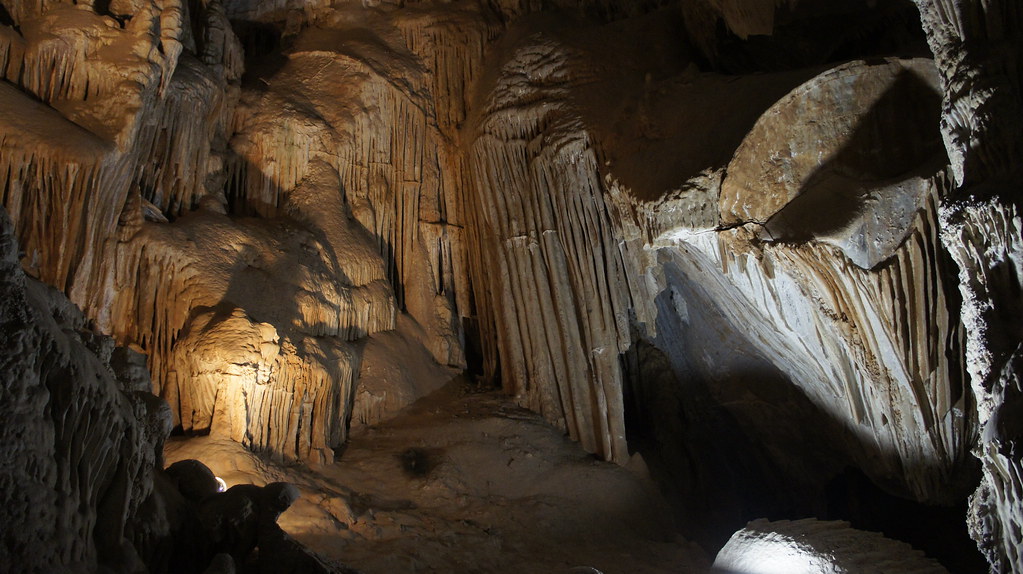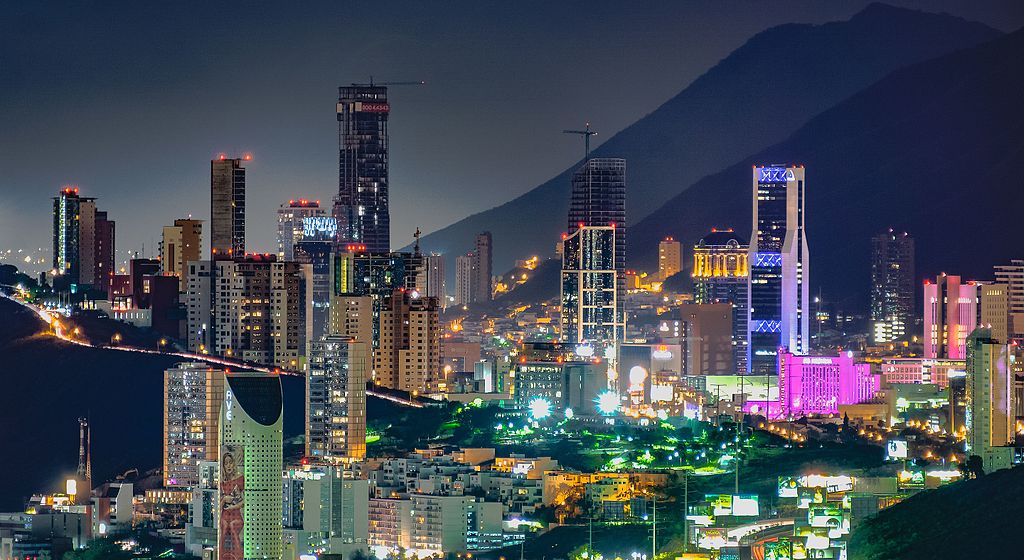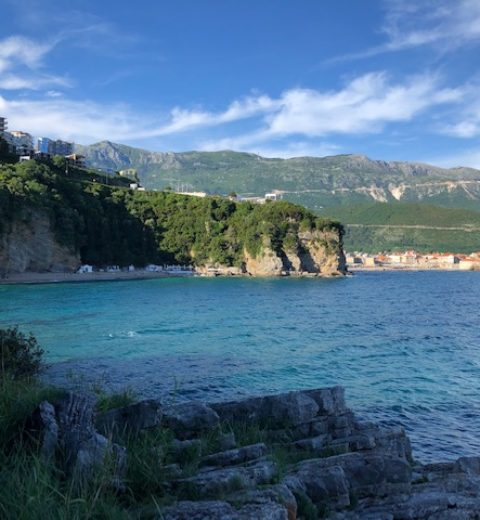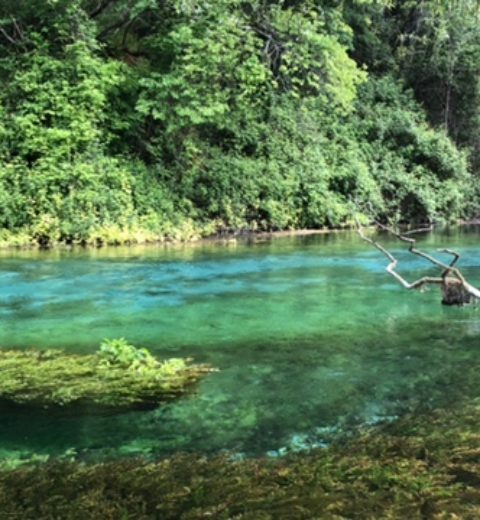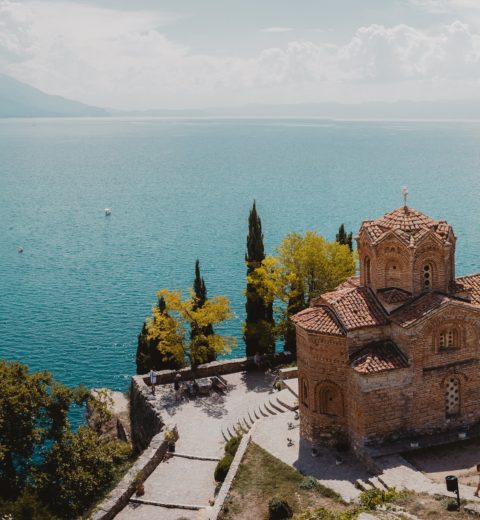7 Top-rated destinations in Monterrey
Located at the foothills of the majestic Sierra Madre Oriental, capital of the extremely biodiverse North-Eastern and historically rich state of Nuevo Leon, Monterrey is universally recognized as one of Mexico’s best cities to visit and live in.
It’s fantastic natural position, bounded by scenic peaks belonging to the Cerro del Topo Chico, Cerro de Chipinque, Cerro de las Mitras and the peculiarly shaped Cerro de la Silla mountain ranges means that the area surrounding the city is extremely popular with hikers and trekkers of both local and international extraction.
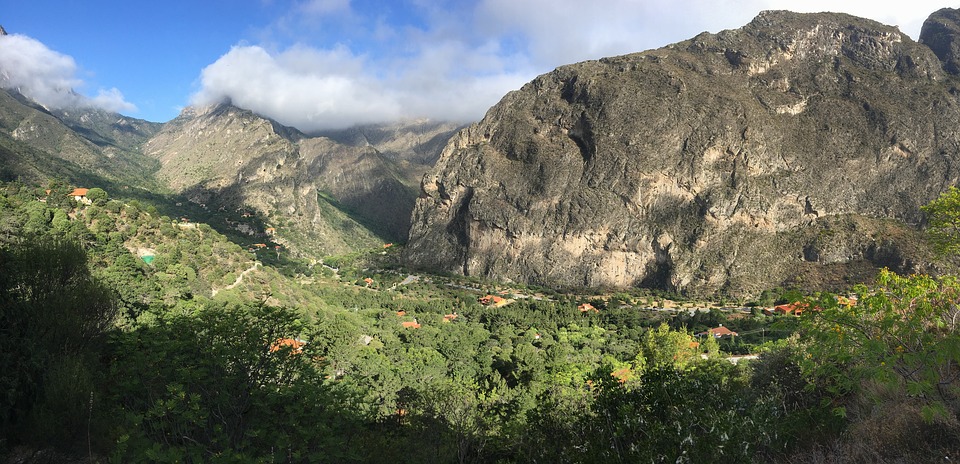
The state of Nuevo Leon and the municipalities bordering Monterrey are exceptional for the naturalistic and topographical qualities they possess, rich in fauna and flora and popular with excursionists owing to the vast geographical diversity that encompasses lush forests, picturesque valleys and unforgiving but beautiful deserts.
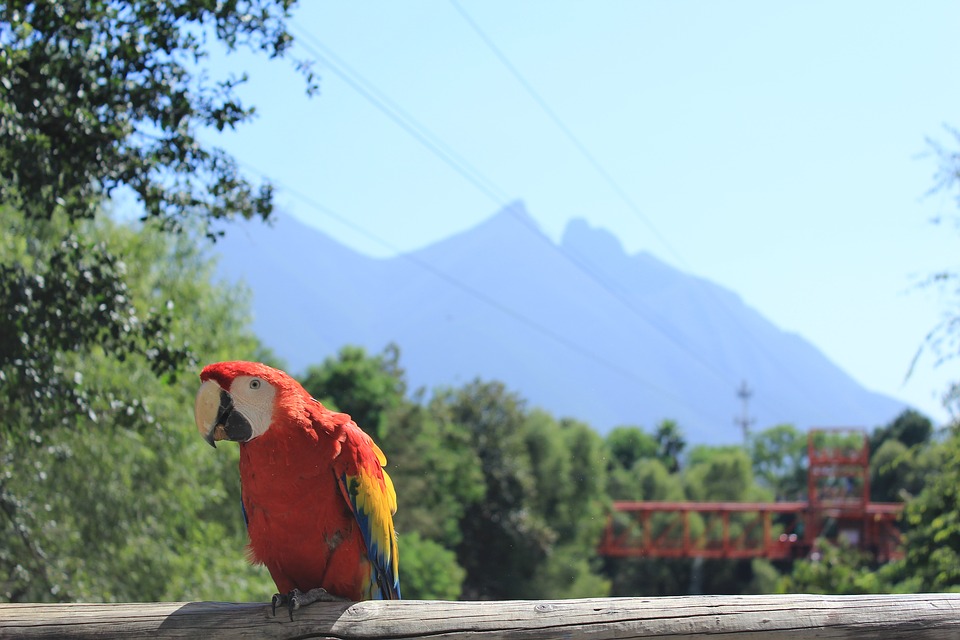
Monterrey is also renowned as Mexico’s most economically developed city, a powerhouse, not only of industry, but of rich culture and history. Monterrey is a vibrant and cosmopolitan city with over 4.5 million inhabitants in its metropolitan area. It is also Mexico’s most advanced city in terms of quality of life and GDP per capita, so it comes as a surprise that it is often overlooked as a purely tourist destination.

Let us try to correct this unforgivable oversight by listing 5 top-tier attractions that define the city of Monterrey, a metropolis blessed by gorgeous natural environs, a lively cultural and artistic scene and a way of life imprinted in the values of progress and modernity.
1. La Macroplaza
The fourth largest public square in the world, Monterrey’s massive central square covers 99 acres and is surrounded on multiple sides by some of the city’s most iconic and frequented landmarks. The 70m tall spire of the Faro del Comercio is easily the most apparent, not only for its height and size but for the nightly green laser light shows that emanate from its observation deck. The Palacio de Gobierno is the palatial abode of the governor of Nuevo Leon, built in contrasting colonial (especially the Spanish-style patio) and neoclassical style. Its internal halls are covered in exquisitely frescoes that celebrate the various bloody stages of the independence of Mexico.
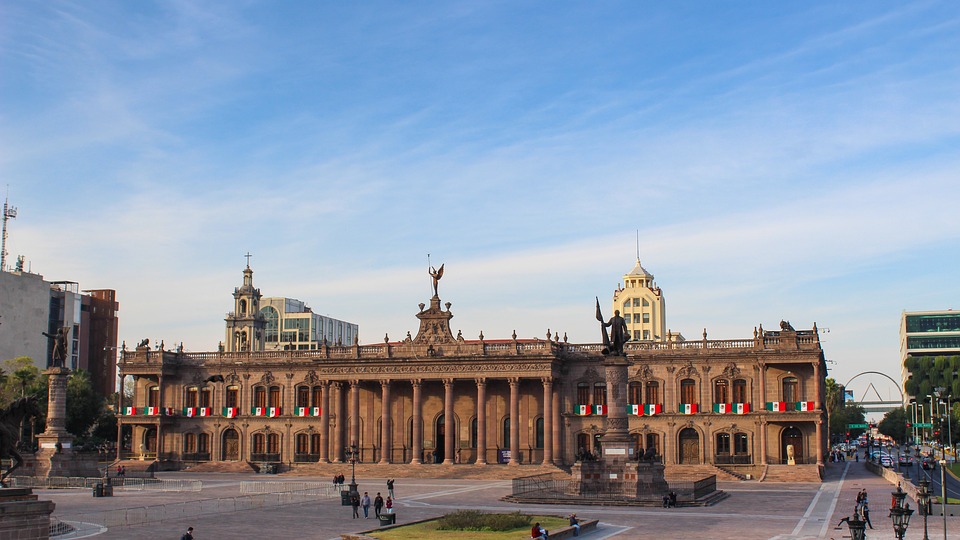
What strikes the most of this massive plaza is the lush greenery that envelops and surrounds the square, popular with locals and tourists alike. The modernist feel of the Macroplaza did come at a price, with the demolition of a section of old Monterrey, but it shows the will for futuristic advancement at any cost that characterises the city. Two other important landmarks are the Esplanada des Heroes (Esplanade of Heroes) and the Fuente de la Vida fountain.
The MARCO, acronym for the Monterrey Museum of Contemporary Art is also in the vicinity. A globally famed institution of its kind, it hosts exhibitions of some of the biggest names in modern and contemporary art including paintings, sculptures, installations and visual arts.
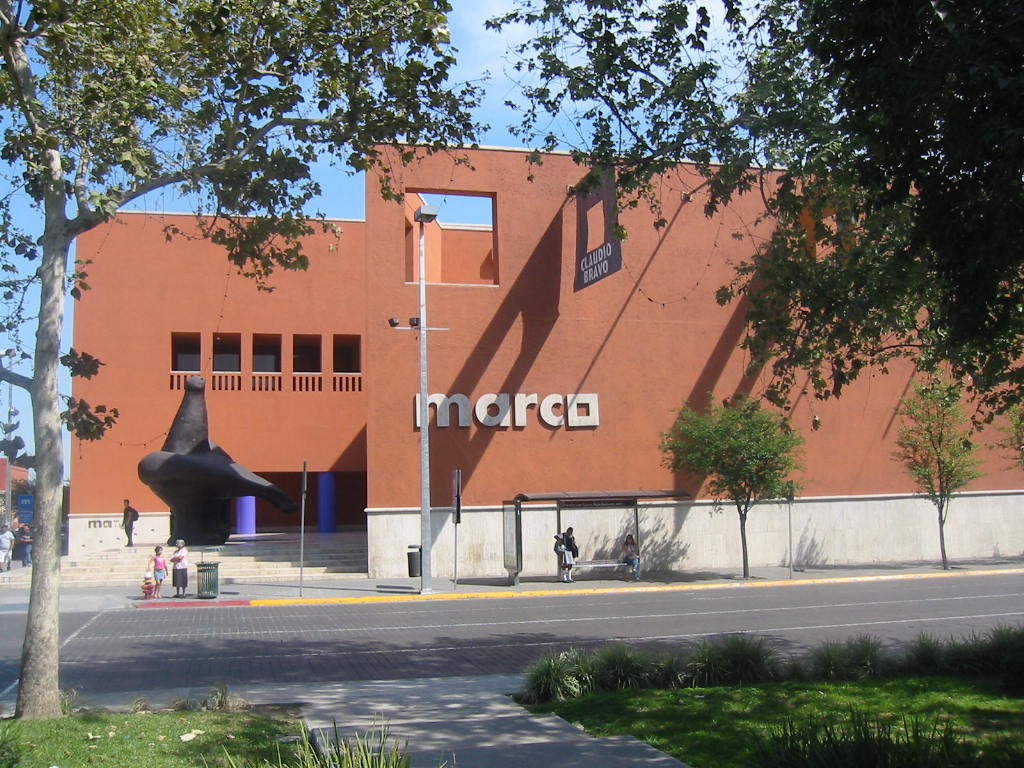
2. Barrio Antiguo
The old quarter of Monterrey spans an area bounded on one side by the Macroplaza up to the Santa Catarina river. Comprised of a core of colonial housing dating from the 17th to 19th century, the Barrio Antiguo contained the epicentre of Monterrey’s nightlife up until the the early 21st century. A maze of bars, clubs, hotels, social centres, shops and restaurants that declined after a period of depopulation and lacklustre security standards. The old quarter has started to revitalize in full swing in the last decade and is fast regaining its status as the main cultural, gastronomical and entertainment hub of the city.
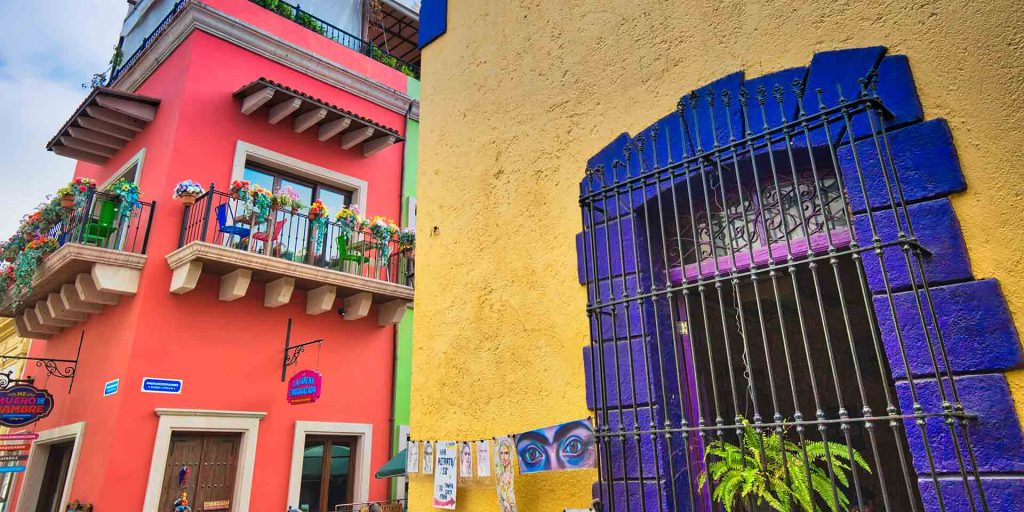
3. Museo de Historia Mexicana
As Monterrey was never really inhabited by anyone before the arrival of Europeans, the city compensated its lack of native history by building one of the premiere institutions of preservation of Pre-Columbian artefacts. This hi-tech museum arranged in four distinct halls offers a voyage through millennia of history from the Aztec, Chichimec and Olmec era up to colonial, modern and contemporary times.
4. Fundidora Park
Monterrey’s main park features an exceptional feat in modern architecture exemplified by the Santa Lucia River Walk, a 3km long navigable artificial river which connects to the Macroplaza by boat. Along the tour through this hyper-modern park are countless open-air art exhibitions and musical events, sculptures (the authentic Eskimo Inukshuk structure stands out), attractions (such as the Sesame street area, based on the show, obviously very popular with children) and other charms that dot this unique park.
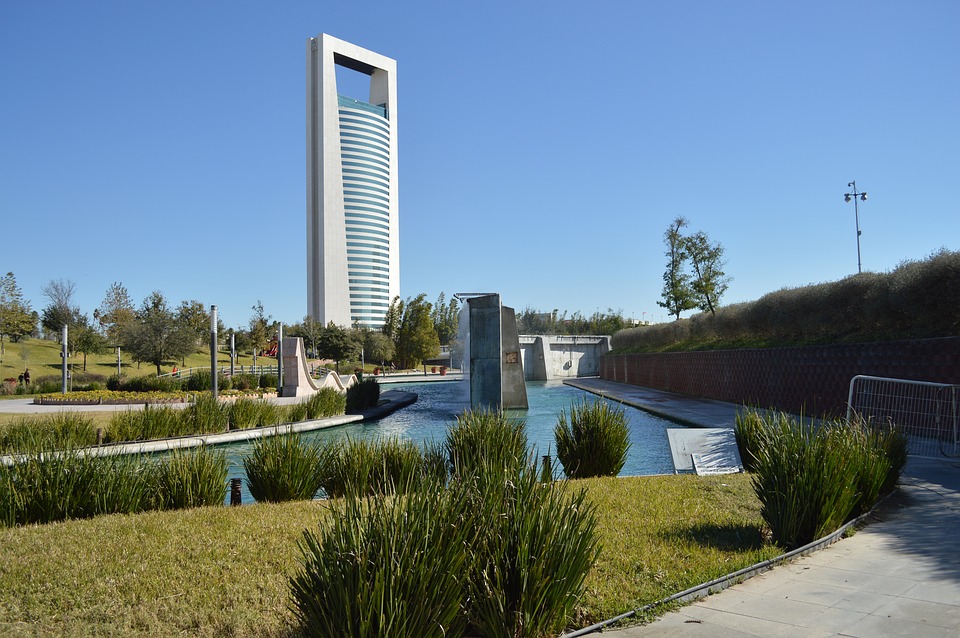
5. The Regional Museum and Obispado
Perched atop a high hill is one of the most frequented landmarks of the city. The Obispado or Episcopal Palace is a splendidly adorned colonial palace, that functioned at various times as seat of Monterrey’s bishop as a hospital in times of peace and as a fortress in times of war. Early independent Mexico’s tumultuous history is retold in this building that now hosts the main Regional Museum of Nuevo Leon (the palace served as headquarters for the legendary revolutionary leader Pancho Villa).
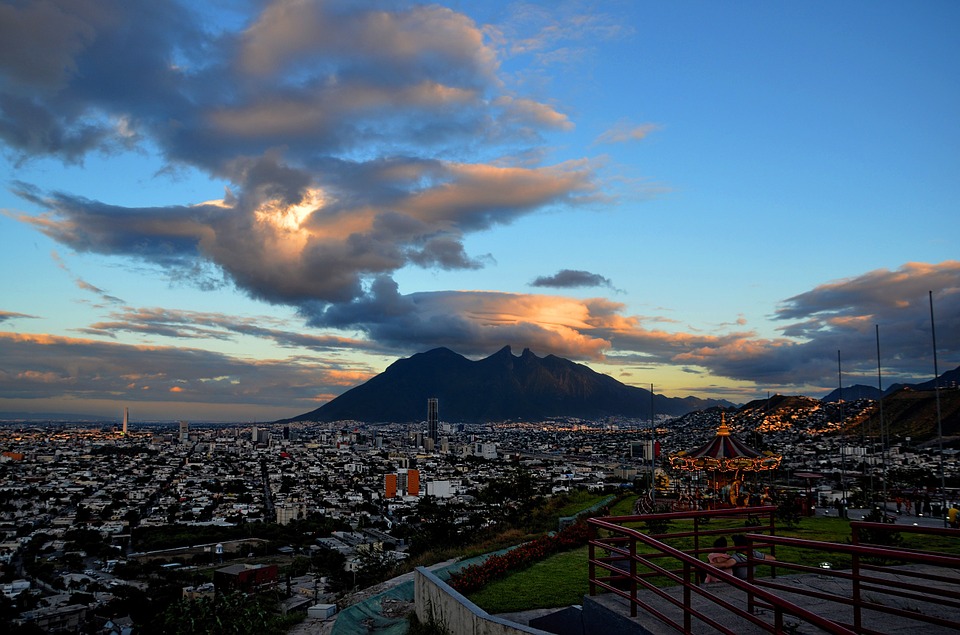
An architectural high point of the Obispado is the main chapel, built in ultra-baroque or Churrigueresco style that depicts salient phases of the Mexican Revolutionary war. The Cerro del Obispado hill that takes its name, also offers stunning views of the city below and of the mountains that encircle it.
6. El Planetario Alfa
A cultural institution that continues the theme of futuristic modernism that Monterrey showcases. The city’s planetarium is immensely popular (it is one of the most visited institutions of its kind in Mexico). Its IMAX screen is the largest in Latin America (specializing in scientific and naturalistic films and documentaries. The structure itself is remarkable, a massive cylinder sprouting out of the surrounding greenery. It also hosts a large aviary section and an area for artistic exhibitions and events mostly concerning nature and its preservation.
7. The Garcia Caves and Horse Tail Falls
For those who want to explore the beauty that surrounds Monterrey, the Garcia Caves (or Grutas de Garcia) to the northeast is a stunning destination to visit. This cave complex, located in and around the El Fraile mountain of the Cumbres de Monterrey National park, is one of the largest and most spectacular in all of Central America. The Salon de La Luz (or “light room”) is the main draw, a huge cave which gets its name from the almost translucent veneer that covers the 50 million year old rock, and shines when struck by light. Another favourite for excursioners is the Coda de Caballo or “horse tail”, a mighty waterfall that can be reached by pathways and ropes (for expert climbers). The large naturally formed pool at its base is great for a refreshing swim.
